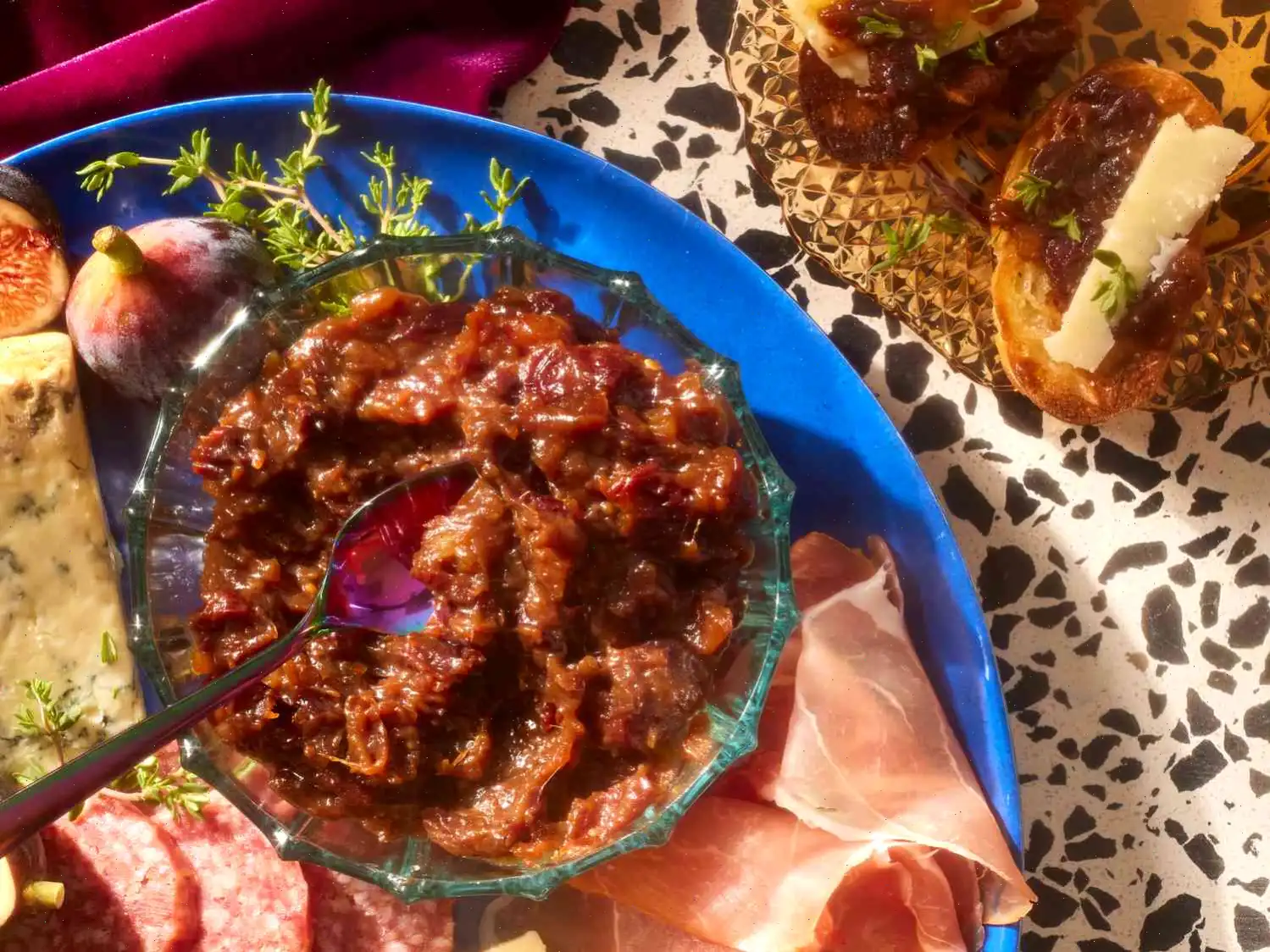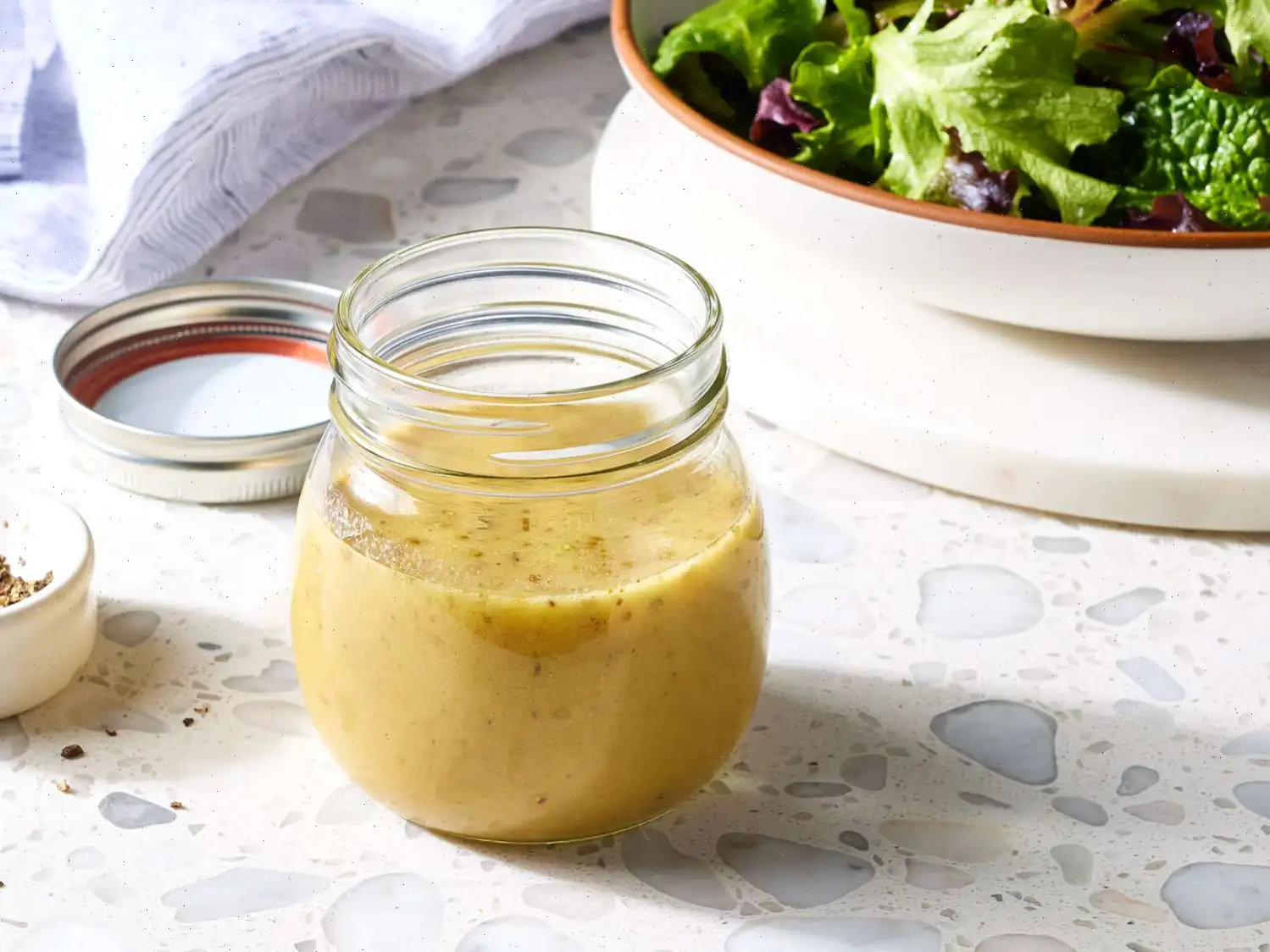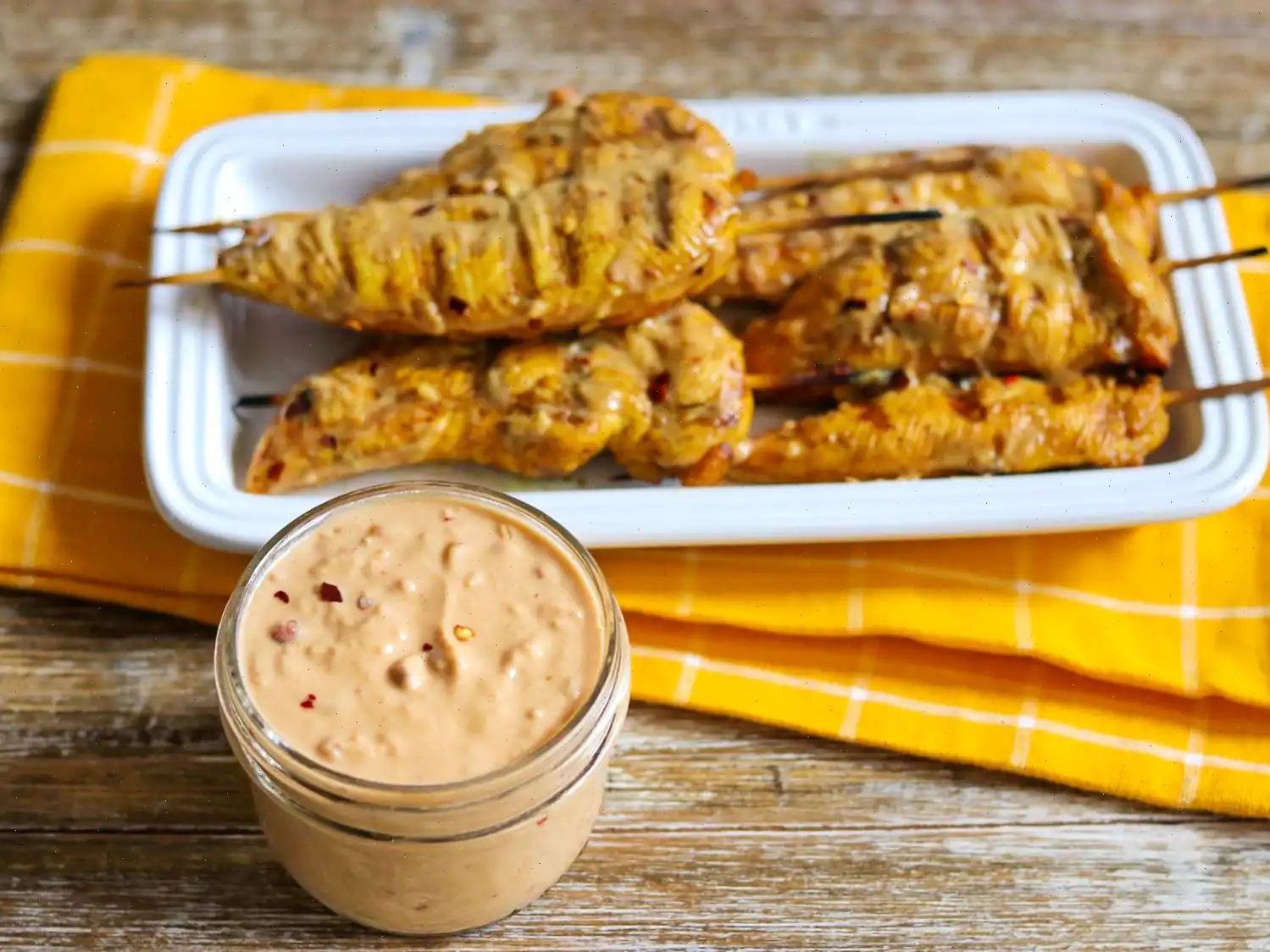
Date and Dried Cherry Mostarda Recipe
This homemade mostarda recipe combines dried fruits, spices, and mustard to create a sweet, tangy, and jammy condiment perfect for sandwiches, cheese boards, or even as a chutney substitute. Its an easy recipe that brings a burst of flavor to any dish.
Ingredients
- 1/2 cup chopped pitted medjool dates
- 1/2 cup dried tart cherries, chopped
- 2 tablespoons minced shallot
- 1/2 cup dry white wine
- 3 tablespoons white balsamic vinegar
- 1 teaspoon orange zest
- 3 tablespoons orange juice
- 3 tablespoons sugar
- 1 teaspoon minced crystallized ginger
- 1/4 teaspoon salt
- 1/4 teaspoon cinnamon
- 1/8 teaspoon crushed red pepper
- 1 tablespoon butter
- 2 teaspoons stone-ground mustard
- 1 teaspoon mustard powder
Directions
- In a small saucepan, combine the dates, cherries, shallot, white wine, white balsamic vinegar, orange zest, orange juice, sugar, crystallized ginger, salt, cinnamon, and crushed red pepper.
- Bring the mixture to a boil over medium-high heat, then reduce the heat to low and let it simmer, covered, for about 10 minutes. The liquid should be absorbed, and the fruit should become soft.
- Once the fruit is softened and the liquid has been absorbed, stir in the butter, stone-ground mustard, and mustard powder.
- Continue to simmer the mixture uncovered for an additional 2 to 3 minutes, until it thickens and becomes jam-like in consistency.
- Remove the saucepan from the heat and allow the mostarda to cool slightly before serving. You can serve it warm or at room temperature.
Cook's Note
You can store the mostarda in an airtight in the refrigerator for up to one week.
Nutrition Facts
| Nutrition | Per Serving |
|---|---|
| Calories | 82 |
| Total Fat | 1g |
| Saturated Fat | 1g |
| Cholesterol | 3mg |
| Sodium | 64mg |
| Total Carbohydrate | 16g |
| Dietary Fiber | 1g |
| Total Sugars | 14g |
| Protein | 1g |
| Vitamin C | 3mg |
| Calcium | 15mg |
| Iron | 0mg |
| Potassium | 126mg |
Note: Nutrient information is based on a 2,000 calorie diet. Your daily values may be higher or lower depending on your calorie needs. If you are following a medically restrictive diet, please consult your doctor or registered dietitian before preparing this recipe for personal consumption.
From the Editor
Mostarda is a zesty, jam-like Italian condiment that pairs wonderfully with cheeses, meats, and sandwiches. Its vibrant flavors make it a perfect addition to any charcuterie board or as a unique spread. Try using it in place of chutney for a bold twist on classic recipes.
The Story Behind Date and Dried Cherry Mostarda
Mostarda is a traditional Italian condiment that dates back to the Renaissance era. Originating in northern Italy, it was originally made with fruits preserved in a mustard-flavored syrup to accompany rich meat dishes, especially during festive occasions. The combination of dates and dried cherries in this modern variation adds a natural sweetness and tartness that reflects both historical preservation techniques and contemporary culinary creativity.
Regional Characteristics
This particular version of mostarda reflects the influence of Lombardy, a northern Italian region known for its rich culinary traditions and emphasis on balancing sweet and savory flavors. While classic mostarda often uses quince, apples, or pears, the use of dates and dried cherries introduces a deeper, more complex sweetness, paired with the subtle heat of mustard, which is characteristic of northern Italian condiments. The addition of orange zest and wine is also inspired by the Mediterranean tendency to layer citrus notes into both sweet and savory dishes.
How It Differs from Similar Dishes
Unlike chutneys, which are more associated with Indian cuisine and often include vinegar and spices in a chunky texture, Italian mostarda is always defined by its balance of fruit sweetness and mustard heat. Compared to traditional jams, which focus solely on fruit and sugar, mostarda adds a savory and piquant element through mustard seeds or powder. The date and dried cherry variation stands out for its chewy texture and the interplay of sweet, tangy, and spicy flavors, creating a more nuanced taste profile than simpler fruit preserves.
Typical Serving Occasions
Mostarda is typically served as an accompaniment to cheeses, roasted meats, or charcuterie boards. In Italy, it is especially popular during holiday meals, where it can be paired with boiled meats, pts, or even spread on bread for an elegant appetizer. The date and dried cherry version works particularly well with sharp cheeses like Parmigiano-Reggiano or aged Gouda, as its sweetness balances the saltiness and richness of these foods.
Interesting Facts
- The name mostarda comes from mosto, the Italian word for must, a type of young grape juice that was traditionally used to create the syrup base.
- Originally, mostarda was made to preserve fruits before the era of refrigeration, using mustard as a natural preservative.
- While mustard in mostarda is sharp and pungent, the final product is surprisingly harmonious, with the heat enhancing the natural fruit flavors rather than overpowering them.
- In contemporary cuisine, chefs experiment with exotic fruits like dates, figs, and tropical berries to reinvent traditional mostarda recipes while respecting their historical roots.
- This condiment is versatile and can even be used in sandwiches, glazes for roasted poultry, or as a topping for desserts like panna cotta or cheesecake, creating a sweet-savory fusion.
You can listen to this recipe in AI audio format. Simply click the play button below to listen to the content in a format that suits you best. It’s a great way to absorb information on the go!








